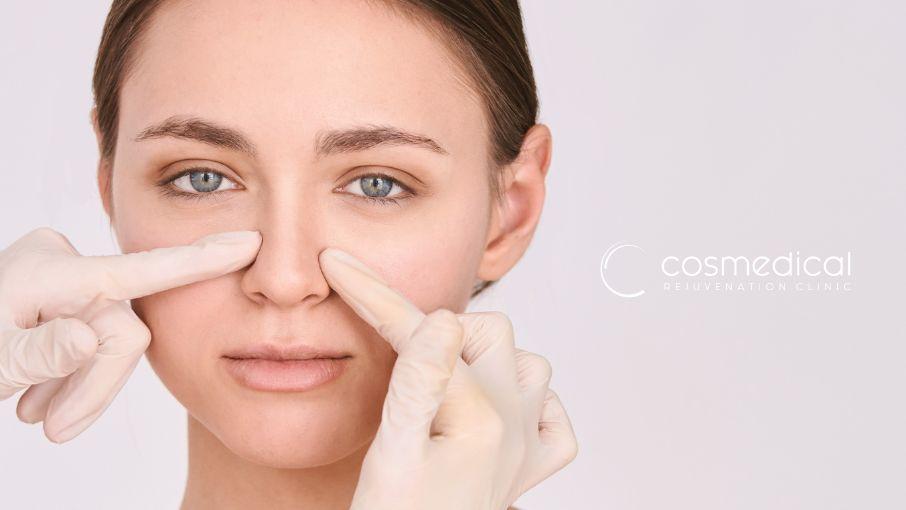
The Vital Role of Septoplasty in Addressing Breathing Difficulties
Rhinoplasty, a term that often conjures images of picture-perfect celebrities, is so much more than a route to aesthetic perfection. Often described as a 'nose job,' this surgical procedure is to improve the appearance of the nose. Septoplasty, on the other hand, plays a vital role in addressing structural abnormalities of the nose that can impede normal breathing.
Breathing problems linked to the nasal structure can arise from various conditions. One of the most frequently encountered issues is a deviated septum. The septum, composed of bone and cartilage, divides the nasal cavity in half. This division is straight and centred in an ideally structured nose, allowing easy airflow. However, according to a study published in the Journal of Otolaryngology-Head & Neck Surgery, an estimated 80% of people have some level of septal deviation.
While not everyone with a deviated septum experiences symptoms, severe cases can obstruct airflow, leading to difficulty breathing and other complications such as frequent nosebleeds and recurrent sinus infections. Rhinoplasty, particularly a type known as septoplasty, offers a solution to this issue. Septoplasty straightens the septum, enhancing airflow and improving breathing. A study published in the American Journal of Rhinology & Allergy showed a marked improvement in nasal obstruction symptoms following septoplasty, thus affirming the effectiveness of this rhinoplasty procedure.
Beyond a deviated septum, another condition that can cause significant breathing problems is nasal valve collapse. This condition is characterized by the weakening or narrowing of the nasal valve area, which is the narrowest part of the nasal airway. Alar batten grafts, a specific technique within rhinoplasty, are often employed to reinforce the nasal valve. A 2013 study published in The Laryngoscope journal found that 73.6% of patients who received alar batten grafts during a rhinoplasty procedure experienced improved breathing, highlighting the value of rhinoplasty in addressing this issue.
Turbinate hypertrophy is another common cause of breathing problems. The turbinates, tiny structures within our noses that clean and humidify the air we breathe, can become swollen or enlarged, obstructing normal airflow. A standard procedure to reduce the size of the turbinates, often performed alongside rhinoplasty, is known as turbinectomy, and according to a 2019 study issued in the Journal of Clinical and Diagnostic Research, patients who underwent turbinectomy experienced a significant reduction in nasal obstruction, underscoring the utility of this procedure.
Furthermore, rhinoplasty can also significantly benefit individuals born with congenital disabilities or those who have experienced trauma to the nose. In a study issued in Plastic and Reconstructive Surgery Global Open, patients who underwent rhinoplasty following a nasal trauma reported not only improved breathing but also an overall enhancement in their quality of life.
While the benefits of rhinoplasty in alleviating breathing problems are substantial, it's essential to remember that the procedure's success depends heavily on the surgeon's expertise and experience. Therefore, patients should ensure that they entrust their care to certified professionals who specialize in rhinoplasty. Additionally, as with any surgical procedure, rhinoplasty carries inherent risks. Patients must have a comprehensive discussion with their surgeon about these potential complications before deciding to proceed with the surgery.
Rhinoplasty is not just a pathway to aesthetic enhancement. It is a scientifically backed solution for various structural abnormalities that obstruct normal breathing. By rectifying these issues, rhinoplasty can substantially improve the patient's quality of life, thus firmly establishing the procedure's immense value in both aesthetic and functional contexts. As we go into the future, research evolves. And with it, we see that rhinoplasty's role in improving breathing is just as significant, if not more so, than enhancing facial aesthetics.